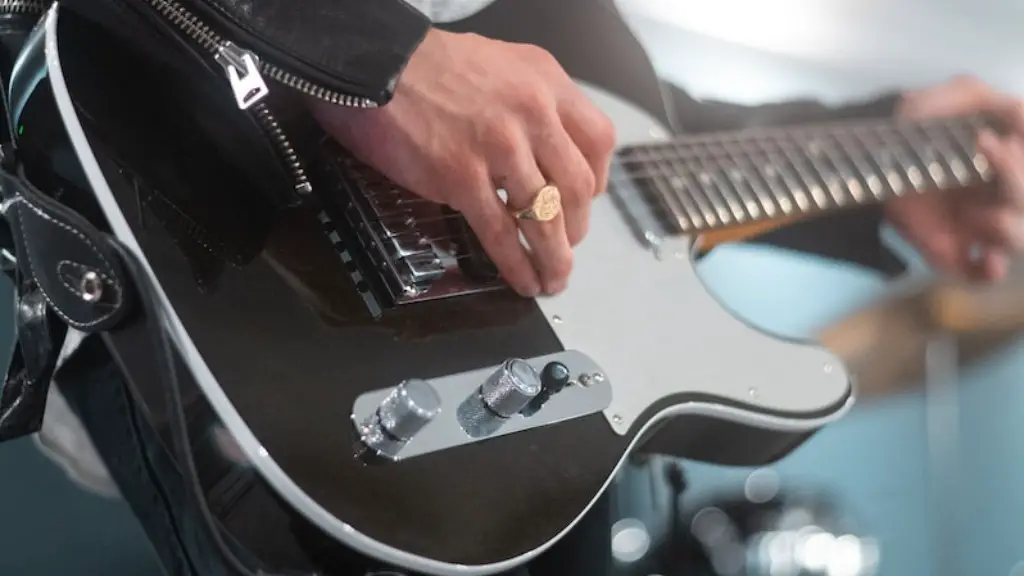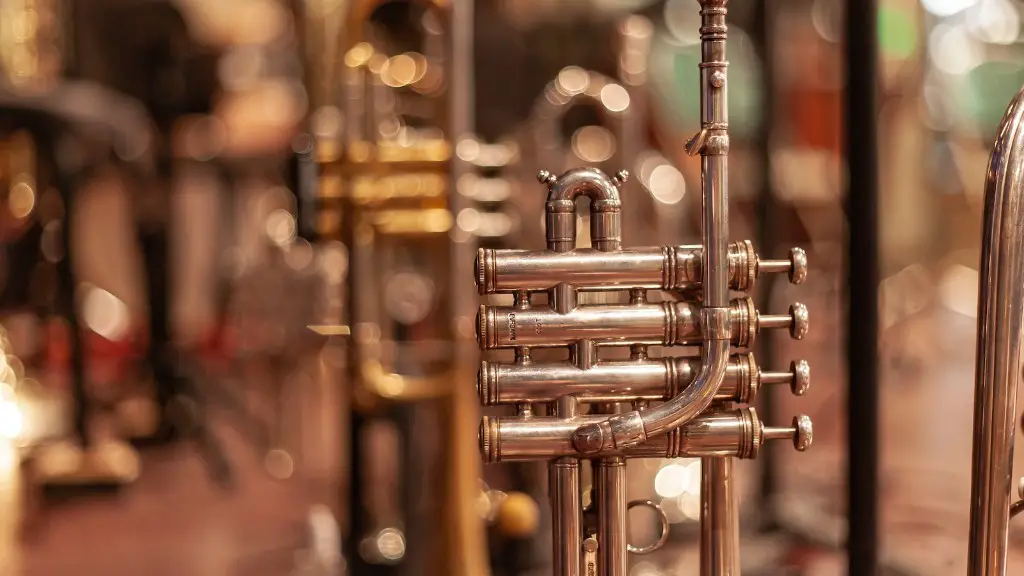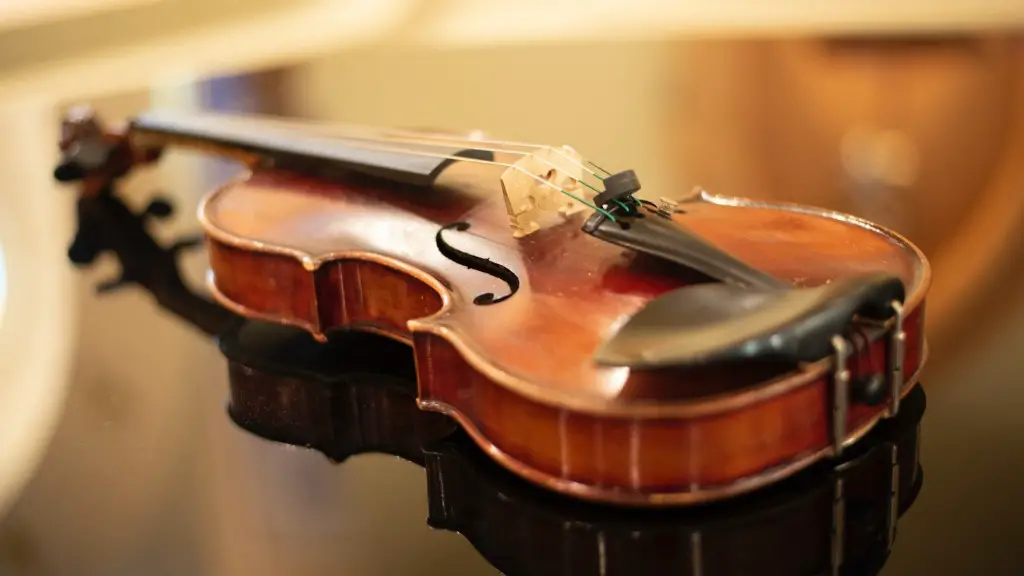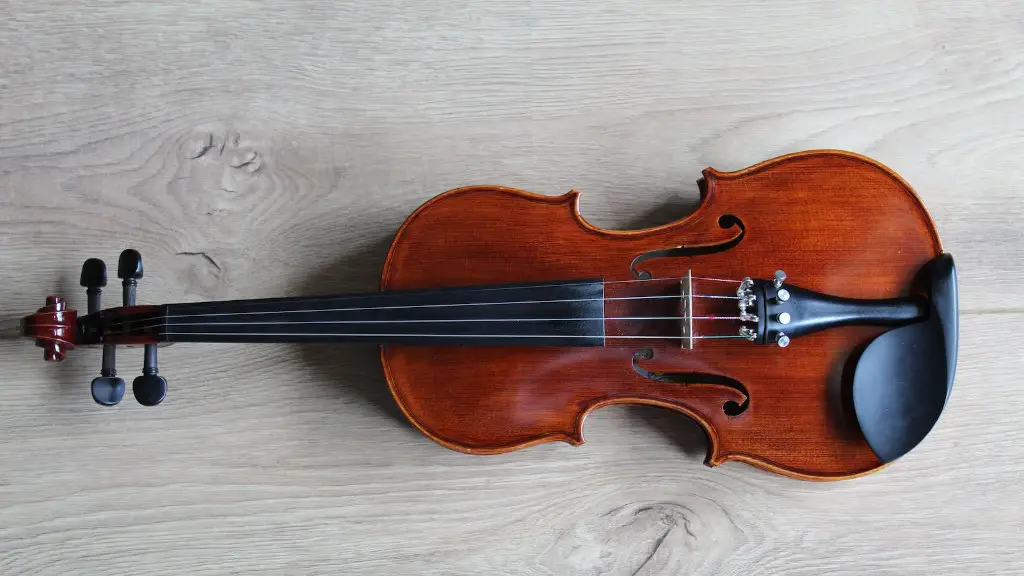Changing the sound of an electric guitar can be a great way to create a unique and vibrant sound. Whether you’re looking to add more distortion or create a cleaner sound, there are several ways to alter the sound of an electric guitar.
One of the most common methods is to use an effects pedal. These pedals come in many shapes and sizes, and can easily be used to adjust the tone, volume, and effects on your guitar.
Another option is to use an amplifier. By using different settings on the amp, such as treble and bass, you can achieve a wide range of tones without having to buy any additional gear.
Finally, changing strings on your guitar is also an effective way to change its sound. Different string gauges will produce different tones and sounds that can help enhance your playing style.
No matter which method you choose, experimenting with different sounds is one of the best ways to find what works for you and your instrument. So don’t be afraid to try something new – take some time and explore all the possibilities that your electric guitar has to offer!
Modifying Electric Guitar Tone Control
The electric guitar tone control is a simple yet effective way to change the sound of your instrument. By adjusting the tone control, you can adjust the treble, mid-range, and bass frequencies of your guitar’s sound. Depending on the type of guitar you have and its pickup configuration, you may be able to access more or fewer controls.
For instance, if your guitar has active pickups with on-board equalization circuits, you can access additional tone controls. This allows for more precise adjustments to tailor your sound.
On the other hand, if your guitar is equipped with passive pickups, you will only have access to basic tone knobs such as treble and bass. By adjusting these knobs carefully you can shape your sound dramatically. You can make subtle changes or go for a bolder sound by turning up the treble or bass frequencies.
So if you want to make changes to your electric guitar’s tone but don’t know where to start, try experimenting with the tone control knobs on your instrument. With a bit of practice and patience, you’ll soon find out how easy it is to modify the tone of your electric guitar!
How To Choose The Right Effects Pedal
Electric guitar can be a great instrument to make music with, but it can also easily become monotonous. That’s why effects pedals are so important: they help you make your instrument sound unique and interesting. But with so many different effects pedals on the market, how do you choose the right one?
The first step is to figure out what kind of sound you’re looking for. There are many different kinds of effects pedals, from distortion and overdrive to reverb and delay. Think about what kind of sound you want to create and then look for a pedal that can give you that sound.
Next, consider the size and weight of the pedal. Effects pedals come in a variety of shapes and sizes, so think about where you’ll be using it most often. If you plan on taking your pedal on the road, then look for something lightweight and portable. If you plan on using it at home, then size isn’t as much of an issue.
Finally, consider your budget. Effects pedals can range from very affordable to quite pricey – make sure to set a budget before you start shopping around so that you don’t go over it! With these tips in mind, finding the right effects pedal should be easy – Go ahead and experiment with different sounds until you find one that fits your style!
How to Change Amplifier Settings
Changing the sound of an electric guitar can be achieved through adjusting the settings on your amplifier. To begin, start by turning all the knobs and buttons to their minimum setting. This will help you get a feel for the different sounds you can create. Next, turn up the gain control, which determines how much signal is sent from your guitar to the amplifier. Then, adjust the tone controls to find the desired sound. Finally, set the volume knob to a comfortable level for playing. It’s important to remember that these settings are subjective and should be tailored according to your preference.
Finally, if you have an effects loop on your amp, you can connect various pedals and effects processors to further shape your guitar tone. Experiment with different combinations of pedals and effects until you find what works best for you. With a bit of time and patience, you’ll soon be able to craft and customize your own unique sound.
How to Adjust Your Guitar’s Strings
Adjusting the strings on your guitar is an important part of getting the most out of your instrument. Changing the sound of your electric guitar can be done by adjusting the tension of each string. This process requires a few simple tools and a bit of patience, but it’s relatively easy to do.
First gather all the required tools: a tuner, a guitar string winder, and an adjustable wrench. Make sure to check that all your strings are in tune before you start adjusting them. To adjust the tension on each string, use the wrench to loosen or tighten its respective tuning peg until you get the desired sound. Be sure not to over-tighten or loosen any strings.
Once you have adjusted all of your strings as desired, recheck them using your tuner until they are all in tune again. Don’t forget to double check that none of the tuning pegs have been over-tightened or loosened too much. With a little practice, you’ll be able to adjust the strings on your guitar quickly and easily!
How to Use Different Pickups to Change the Sound of Electric Guitar
The sound of an electric guitar is determined by the pickups, which are magnets that create a small electrical current when a string vibrates. Changing pickups can drastically alter the sound of an electric guitar and make it more versatile. To begin, you should identify what type of pickup your guitar has. Common types include single-coil, humbucker and P90 pickups. Once you know the type of pickup you have, you can then research suitable replacements for your particular guitar.
When installing new pickups, be sure to follow all safety protocols and use caution as it involves working with electricity. You should also make sure that your new pickups are compatible with your guitar’s wiring and hardware setup. After installation is complete, take time to get familiar with the sound of the new pickups by playing it through a suitable amplifier or recording system. Adjusting the volume and tone knobs will also help you to find the desired sound.
After finding a good tone, experiment with different amp settings or effects pedals to further refine your sound. With patience and experimentation, you can easily change the sound of your electric guitar by changing its pickups!
How to Combine Effects Pedals
Combining effects pedals is an art form which can be used to achieve a wide variety of sounds on your electric guitar. To create your own unique sound, you must first understand the different types of effects pedals available and how they work together.
The most common type of pedal is a distortion pedal, which adds overdrive or distortion to your guitar’s tone. Reverb, delay, chorus and flanger effects are also popular. These pedals can be used in combination with each other to create more complex sounds.
When combining pedals, it’s important to consider their order. Start with the less dramatic pedals such as reverb and delay and end with the more dramatic ones like distortion and flanger. Placing these effects in a different order can drastically change the sound you’re trying to achieve.
For example, adding distortion after delay will create a much different sound than adding it before delay. Experimenting with your effects pedal order is a great way to find new sounds for your electric guitar. Some experimentation is key in finding what works best for you.
By combining different effects pedals you can create unique sounds that are sure to stand out from the crowd!
To Sum it All Up
Changing the sound of an electric guitar can be a daunting task, but it can be made easier by understanding the basics of how to change and modify the guitar. First, understand the type of pickups and bridge system available on your guitar. Pickups are responsible for producing sound, while bridges control the sustain and vibrato of your instrument. You can also customize your sound by adjusting the tone and volume knobs, adjusting the truss rod, or upgrading components such as pickups, strings, and amps. By understanding how each component works together to produce a unique sound, you can easily customize your electric guitar’s tone. With a bit of patience and practice, you’ll soon be able to create unique sounds that suit your musical style.





